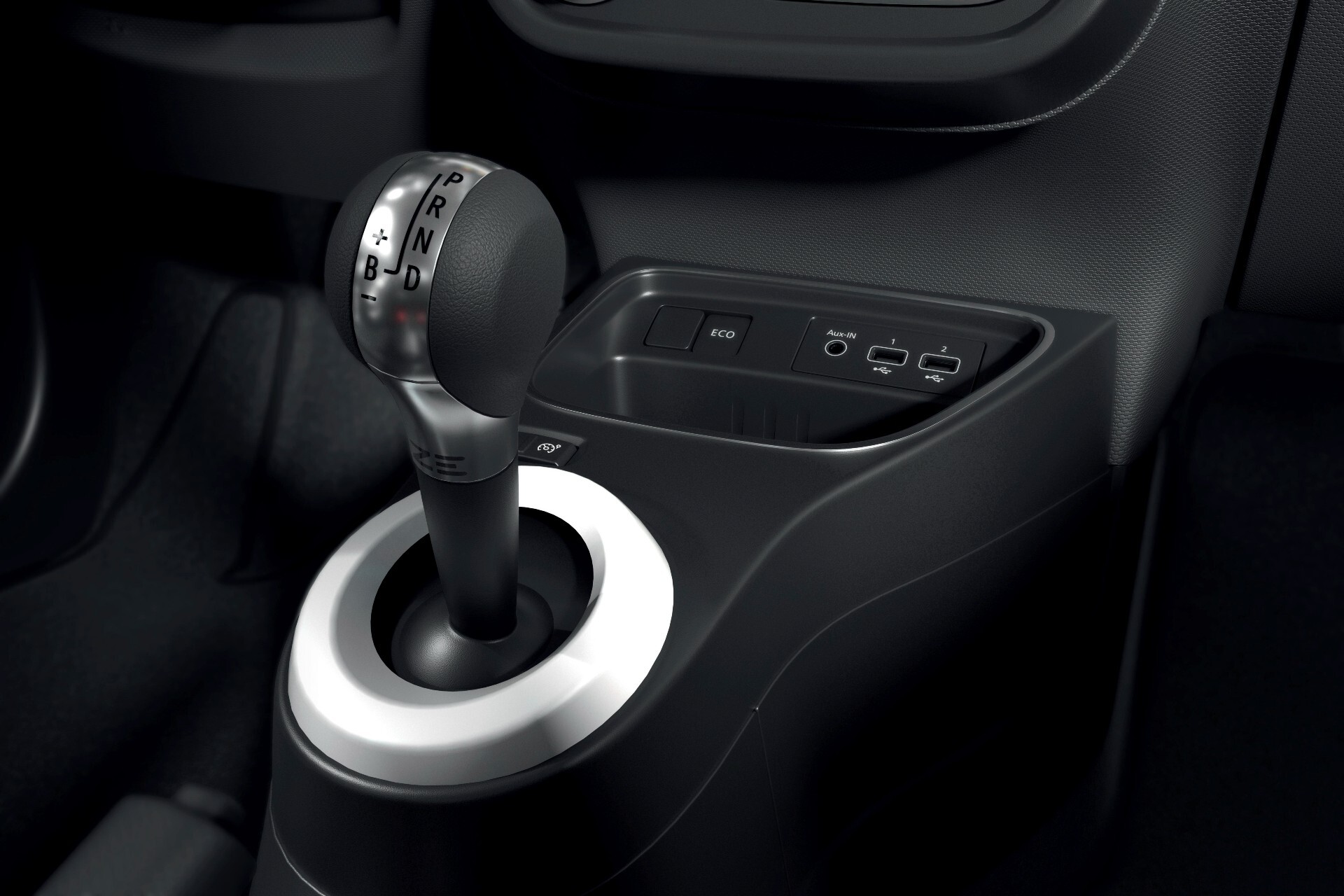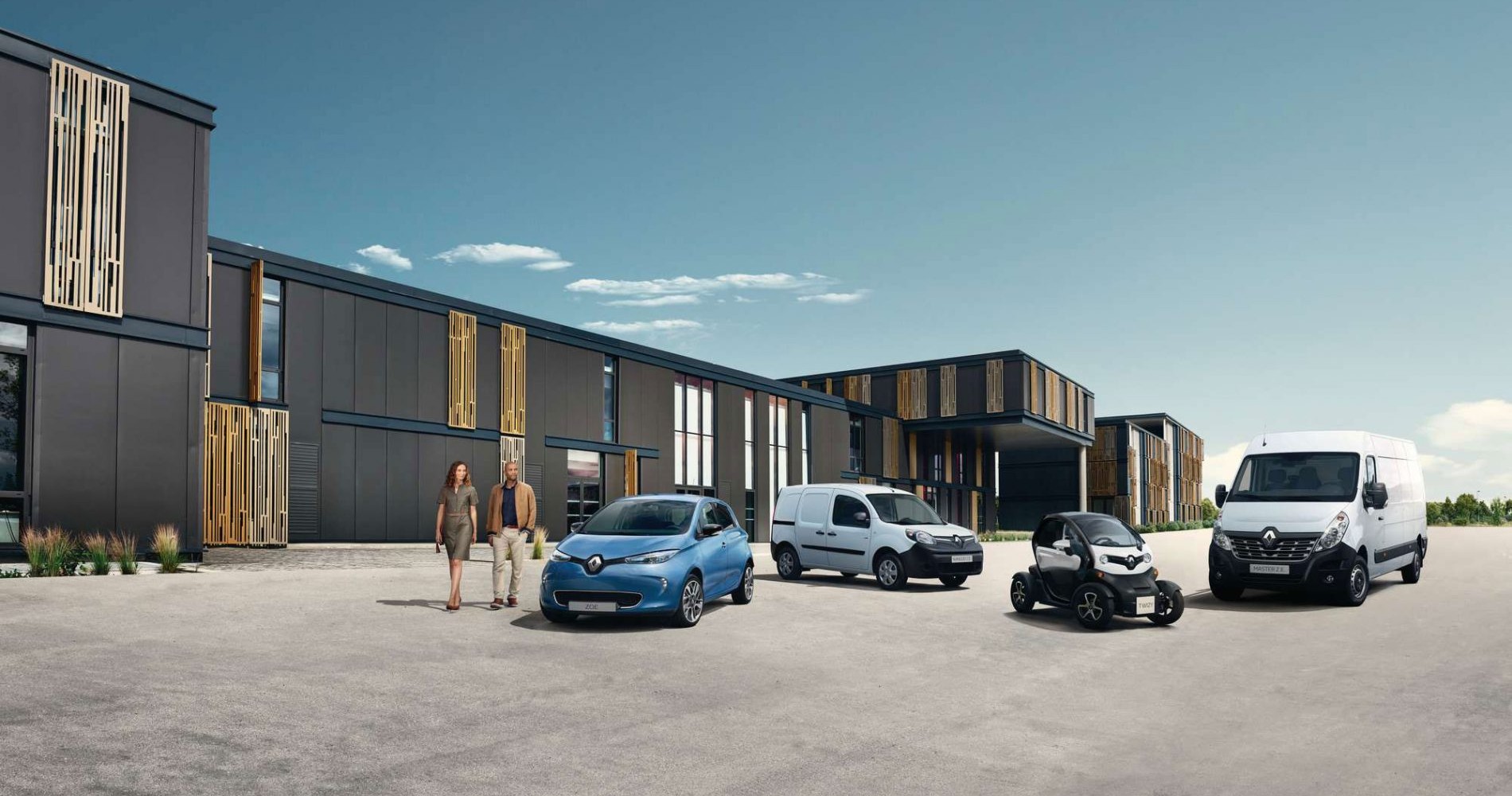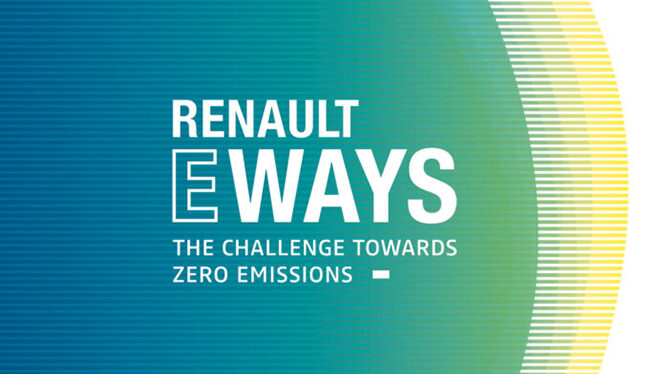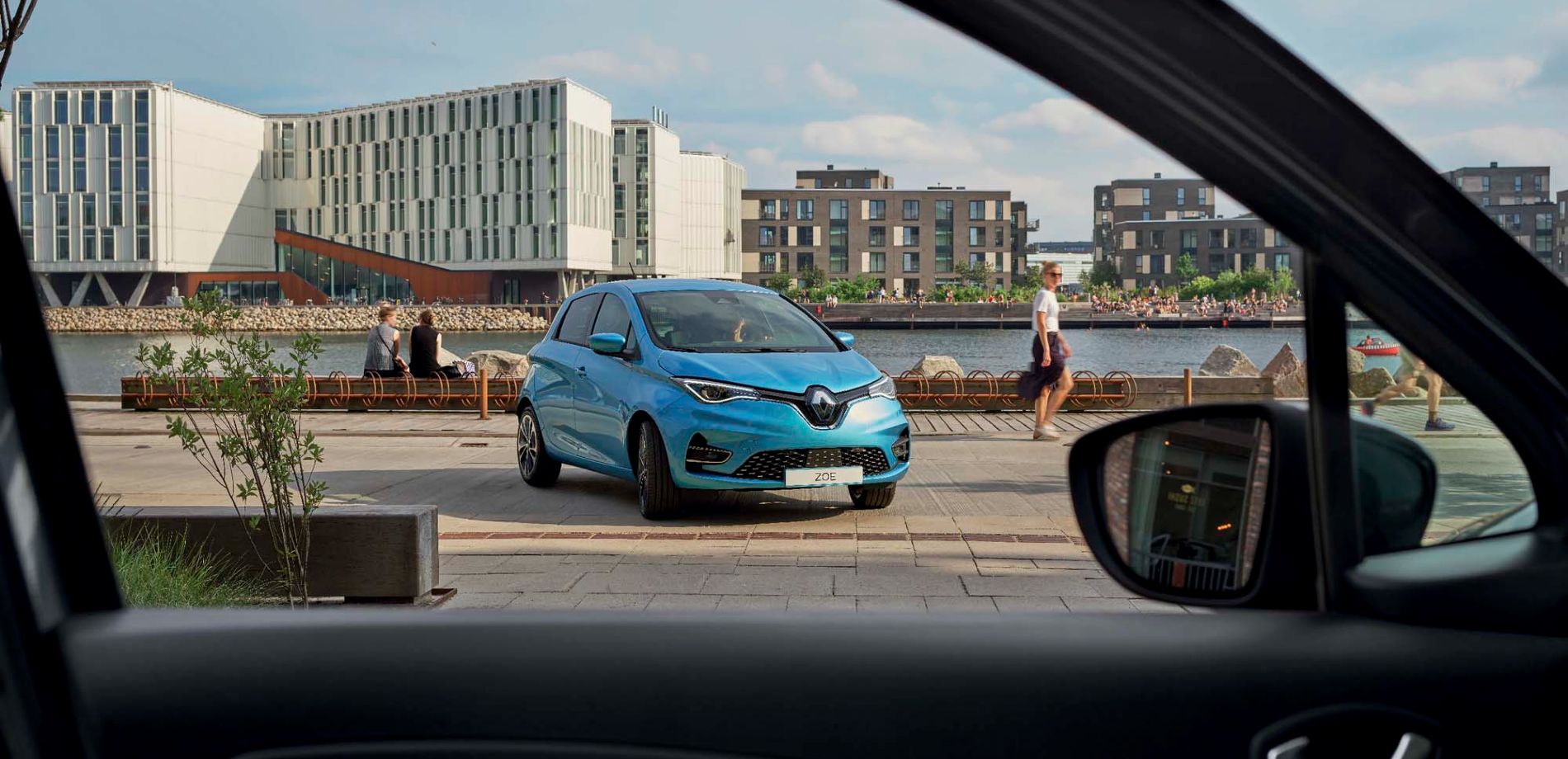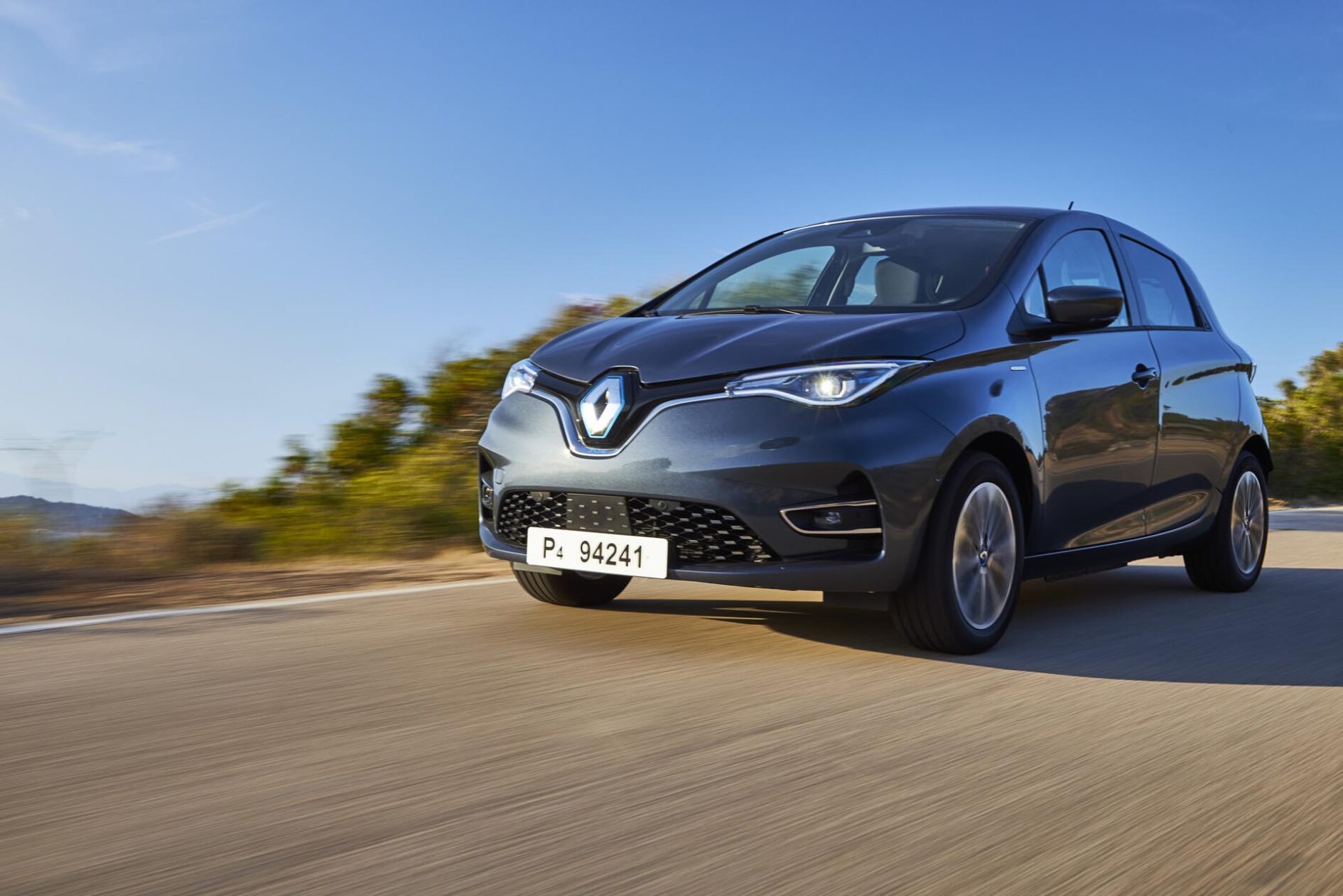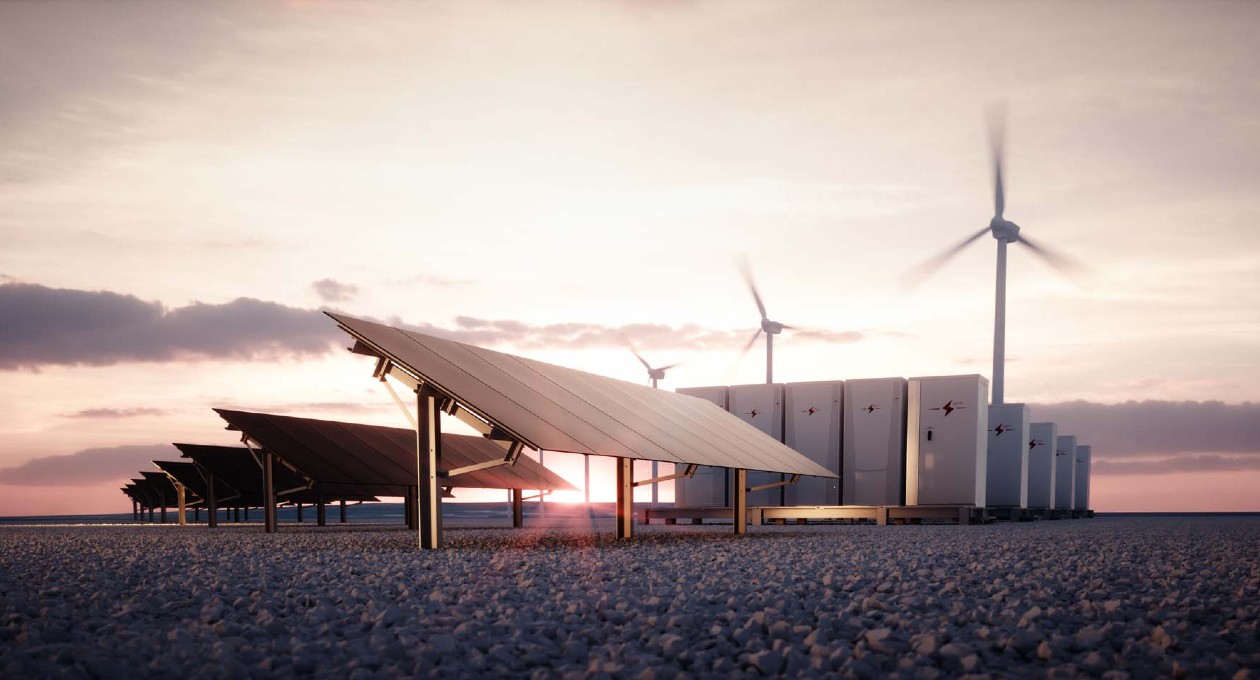

What is the B Mode on Twingo Electric?
The B (for “Brake”) Mode is one of the Twingo Electric driving modes. When activated, it increases the speed of deceleration, meaning the driver relies less on the brake pedal. As a comparison, it’s a bit like if it were possible to adjust the intensity of the motor brake on a combustion-powered vehicle. As soon as the driver lifts their foot from the accelerator, the car slows down markedly yet smoothly thanks to the action of the regenerative braking system. This mode provides a particularly simple and intuitive driving sensation in the city and when traffic is dense. It complements the D mode (D for “Drive”), which slows the car less quickly when the accelerator is released.

How does it work, in concrete terms?
The driver can choose to change from the D mode of regular driving to B mode by pulling on the gear lever. The system then accentuates the deceleration of Twingo Electric through the recuperation of energy. The braking intensity offered by the B mode is available in 3 levels (B1, B2 and B3), initiated simply by pressing on the gear lever. Depending on the traffic conditions — congestion, type of road, speed limit etc. — the driver can intuitively find the level that suits their driving style.
In the city, Twingo Electric’s B3 mode allows you to practically do away with the brake by lifting the foot off the pedal until you reach a near complete stop.
Benoît Chagniot, Expert Electric Vehicle Services at Groupe Renault
Could you explain these 3 levels?
When switching into B mode, the mid-level of deceleration “B2” is selected by default. It provides considerable driving comfort in most situations, offering sufficient braking intensity to slow down in front of obstacles that don’t require a complete stop. Consequently, the “B2” mode runs smoothly and without jolts during the urban and suburban trips for which New Twingo Electric is primarily designed.
As for the “B1” mode, it slows the car less quickly. The motor brake is very light. It allows Twingo Electric to run with momentum, like a freewheeling bicycle. Its reduced resistance (of 0.5 m/s²*) means that this “B1” mode is predominantly destined for use on clear trunk roads, highways and freeways, where slowing down occurs over several hundred meters, promoting energy efficiency.
Conversely, the “B3” mode is the one with the most intense deceleration (1.4 m/s²) which makes it ideal for urban use. In the city, and up to a speed of around 50 km/h, it allows the user to drive using almost exclusively the accelerator pedal: taking the foot off, Twingo Electric slows to an almost complete stop. The “B3” mode is also very useful for steep descents, in the mountains for example, where it enables the vehicle to remain at a safe speed while simultaneously sending energy back to the battery.
Does this energy recuperation optimize the car’s range?
Whichever mode selected, the energy recuperated during deceleration and braking is reinjected back into the battery. A warning light on the instrument panel reminds the driver that regenerative braking is activated. This energy recuperation helps to optimize Twingo Electric’s range, certified at 190 kilometers WLTP**. Plus, it reduces components’ wear, especially the brakes, which are used less because the deceleration occurs mostly thanks to the electric motor. On long journeys, range can be optimized even further if the driver adopts an anticipatory driving style for obstacles, and uses the “B1” mode, where deceleration is the slowest.
Is there another way to optimize range?
Yes, of course. The energy consumption of an electric vehicle depends just as much on the driving style as a conventional car. Controlled accelerations, anticipation to avoid using the brakes, conservative use of air conditioning and heating are all universal good practices.
We also recommend activating the “ECO” mode. This function moderates intense accelerations while maintaining sufficient performance levels in urban environments. ECO mode and B mode are complementary: the former acts on the car’s accelerations, while the latter reduces dependance on the brake, avoiding energy waste in decelerations. B mode is therefore an indispensable factor in the driving comfort and efficiency of Renault New Twingo Electric.
* m/s² is the unit used to measure deceleration. A deceleration of 1 m/s² corresponds to a loss in speed of around 3.6 km/h per second.
** WLTP = Worldwide Harmonized Light Vehicles Test Procedure. The WLTP City cycle refers to the urban part of a standardized cycle. The Complete WLTP cycle is the standardized cycle. It consists of 57% urban driving, 25% suburban driving and 18% highway driving.
Copyright: Groupe Renault
